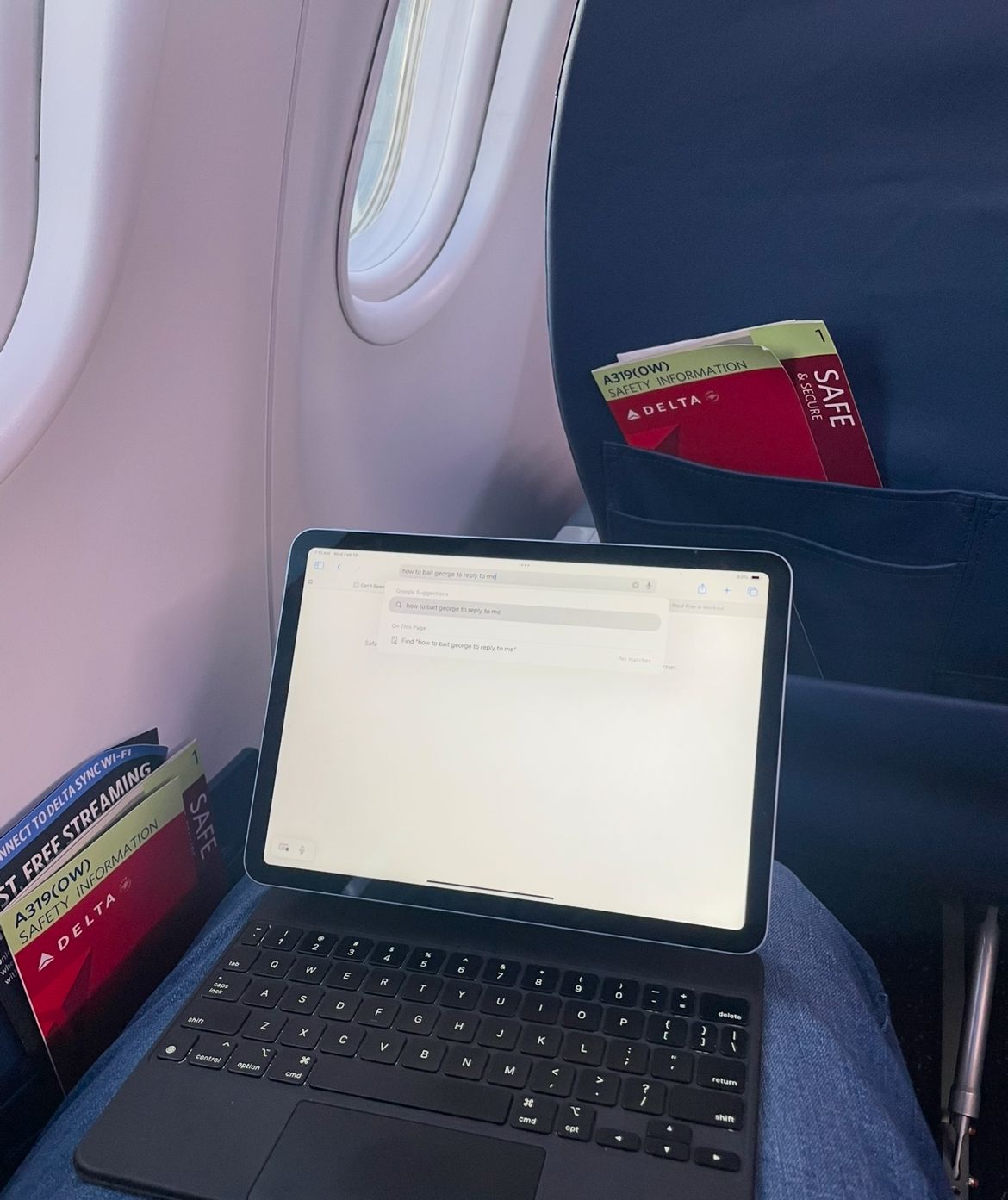Another Plane incident
-
Welcome to Donald Trump’s Canada.
-
@Mik said in Another Plane incident:
That’s new. Never heard of a plane flipping.
That is my Cessna on the bottom
 image url)
image url)@Copper Wow!! What is the story about that?
-
Here is the video of the crash. Seeing the video, amazing that most people had no or minor injuries.
https://www.cnn.com/2025/02/18/us/video/new-video-delta-plane-flips-digvid
-
Good analysis btw. Basically a combination of a hard landing but a gust that made the right wing dip and strike the ground, which caused everything else…
Link to video -
Just landed in DC. They said to expect turbulence and a bump landing but that was the smoothest landing I can ever recall. Pilots might be extra cautious these days.
@89th Glad you made it safe and sound!!
-
I wonder how many commercial pilots have wrecked an airliner and continued in their careers. Can’t be that many.
@jon-nyc said in Another Plane incident:
how many commercial pilots have wrecked an airliner and continued in their careers
There were a couple well known I can think of.
There was Jeff Skiles (Sully's co-pilot in the Hudson)
And Gene Roddenberry (yes, that Gene Roddenberry)
https://www.slashfilm.com/1644000/gene-roddenberry-star-trek-survived-plane-crashes/
Neil Armstrong broke a few flying machines
Harrison Ford broke at least a coupleMost by make and model
Most crashes
- Cessna: Has been involved in 56,084 plane crashes
- Piper: Has been involved in 35,802 plane crashes
- Beech: Has been involved in 12,395 plane crashes
I flew Cessna, Piper, Diamond and Beech, no crash.
Most fatalities
- Boeing 737-200: Has caused 906 fatalities
- Boeing 747: The Tenerife airport disaster in 1977 resulted in 583 fatalities when a KLM Boeing 747 collided with a Pan Am 747
- Boeing 727: From 1959 to 2020, the Boeing 727 had the most fatal hull losses of any commercial jet
- Boeing 737 MAX: The MAX 8 variant had two fatal hull losses in 2018 and 2019
-
https://www.cbc.ca/news/canada/toronto/preliminary-report-released-delta-air-lines-crash-1.7488494
A warning system on the Delta Air Lines flight that crashed at Pearson airport last month sent an alert indicating a high rate of descent less than three seconds before the plane touched down, according to a preliminary report.
Less than a second before touchdown, the plane's rate of descent was 1,110 feet per minute. The flight manual defines a hard landing as a "landing at a vertical descent rate greater than 600 ft/min when the aircraft's gross weight is less than or equal to [maximum landing weight]," the report says.
The Delta Air Lines flight weighed less than its maximum allowable take-off weight at the time of the crash.
The report also says that less than a second before landing, the angle of the plane's aircraft, known as the pitch attitude, was one degree. The flight operations manual states pitch attitude at touchdown should be between three and eight degrees, the report said.
and
"At touchdown, the following occurred: the side-stay that is attached to the right [main landing gear] fractured, the landing gear folded into the retracted position, the wing root fractured between the fuselage and the landing gear, and the wing detached from the fuselage, releasing a cloud of jet fuel, which caught fire," the report said.
"The exact sequence of these events is still to be determined by further examination of the fracture surfaces."
The plane then began to slide along the runway, eventually going off the right side into a snow-covered grass area and coming to rest on Runway 15L, near the intersection with Runway 23

